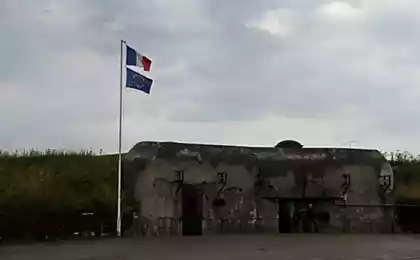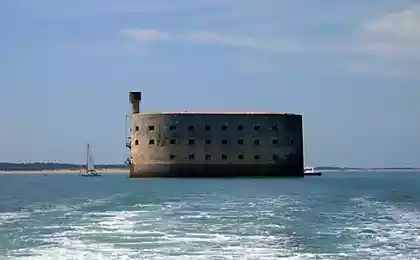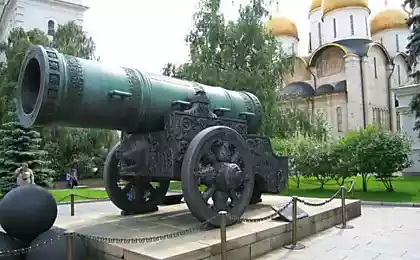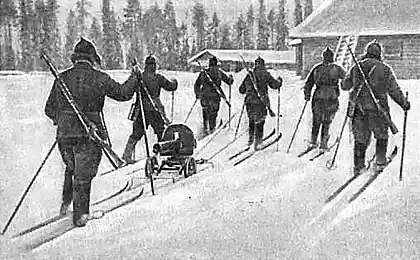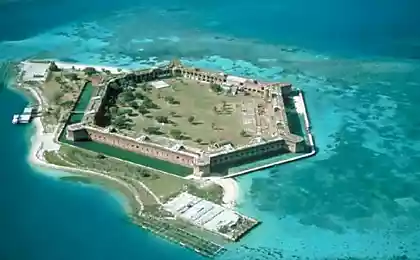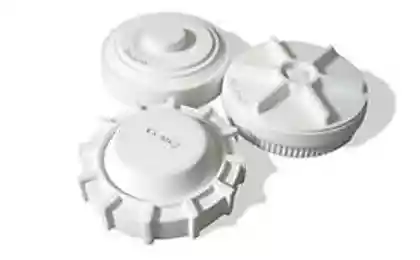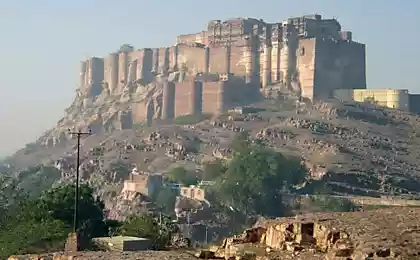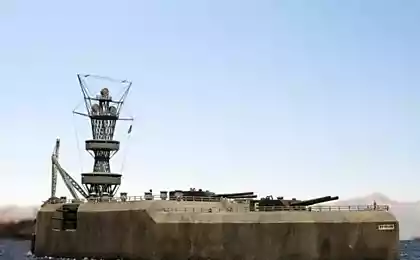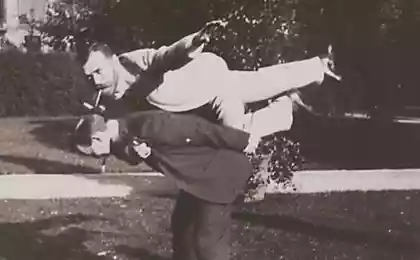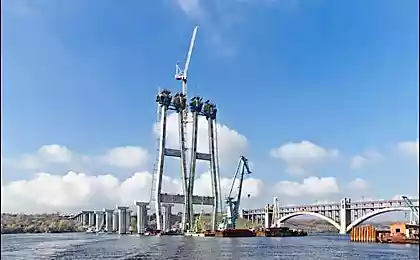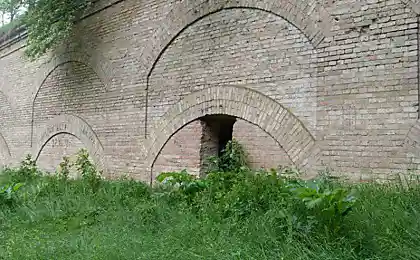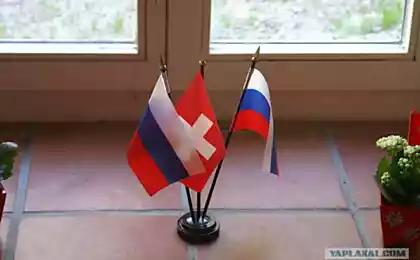212
Secrets of the Tarakan Fort
Tarakanovsky Fort was built on the Russian-Austrian border in 1890 (located near the town of Dubno, Rivne region). It was an order to build the defense of the Lviv railway of Tsar Alexander III. Today, the fort is gradually being destroyed and is in a neglected state.
Some historians note that after the completion of construction, Tsar Nicholas II visited here. The fort itself is a concrete-earth structure, fenced with a moat 230 meters long, as well as ramparts with concrete platforms for artillery and machine-gun weapons. The fort had a covered path through the main moat, where a metal bridge was pushed out of the casemates.
By today’s standards, this building was built on a very specific, but good technology. To the cement solution were added crushed bones of animals, calcium, egg shells.
To the trapezoidal building lead four underground passages laid under the second earthen rampart from the ditch. The barracks had economic, warehouse and residential premises of the garrison, long-range guns were equipped with a large-caliber long-range mouth. Reliable casemates could accommodate more than 800 soldiers. Architects took care of the hospital, the morgue, the dining room, the bakery, the church.
Now the fort is gradually being destroyed brick by brick, but fears of ghosts, which according to local residents will walk the walls, actually scare tourists. They say that tortured prisoners and soldiers died of disease.
In general, the fate of the fort was divided unfairly and served for other purposes, because until 1900 served as a warehouse, and then turned into a prison. In the summer of 1916, the Russians again had to knock the Austrians out of the fort during the Brusilov Breakthrough, resulting in 200 Austrian soldiers killed - they were buried near the fort.
In the 20s, the fort was stormed by Budyonny's troops, they tried to expel the Poles from there. In the Second World War, the fort was not fought - it was used as storage facilities. The actual military of the enemy army and left all explosive "surprises". After the war, partially clearing the territory, there were more than once tried to equip warehouses, and prevented excessive humidity.
Source: /users/147
Some historians note that after the completion of construction, Tsar Nicholas II visited here. The fort itself is a concrete-earth structure, fenced with a moat 230 meters long, as well as ramparts with concrete platforms for artillery and machine-gun weapons. The fort had a covered path through the main moat, where a metal bridge was pushed out of the casemates.
By today’s standards, this building was built on a very specific, but good technology. To the cement solution were added crushed bones of animals, calcium, egg shells.
To the trapezoidal building lead four underground passages laid under the second earthen rampart from the ditch. The barracks had economic, warehouse and residential premises of the garrison, long-range guns were equipped with a large-caliber long-range mouth. Reliable casemates could accommodate more than 800 soldiers. Architects took care of the hospital, the morgue, the dining room, the bakery, the church.
Now the fort is gradually being destroyed brick by brick, but fears of ghosts, which according to local residents will walk the walls, actually scare tourists. They say that tortured prisoners and soldiers died of disease.
In general, the fate of the fort was divided unfairly and served for other purposes, because until 1900 served as a warehouse, and then turned into a prison. In the summer of 1916, the Russians again had to knock the Austrians out of the fort during the Brusilov Breakthrough, resulting in 200 Austrian soldiers killed - they were buried near the fort.
In the 20s, the fort was stormed by Budyonny's troops, they tried to expel the Poles from there. In the Second World War, the fort was not fought - it was used as storage facilities. The actual military of the enemy army and left all explosive "surprises". After the war, partially clearing the territory, there were more than once tried to equip warehouses, and prevented excessive humidity.
Source: /users/147
The device that turns the paper in pencil
Qii Concept - the concept of flexible keyboard for smartphone
